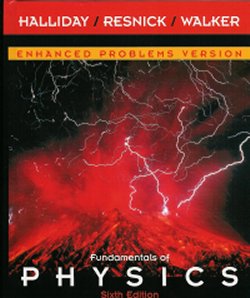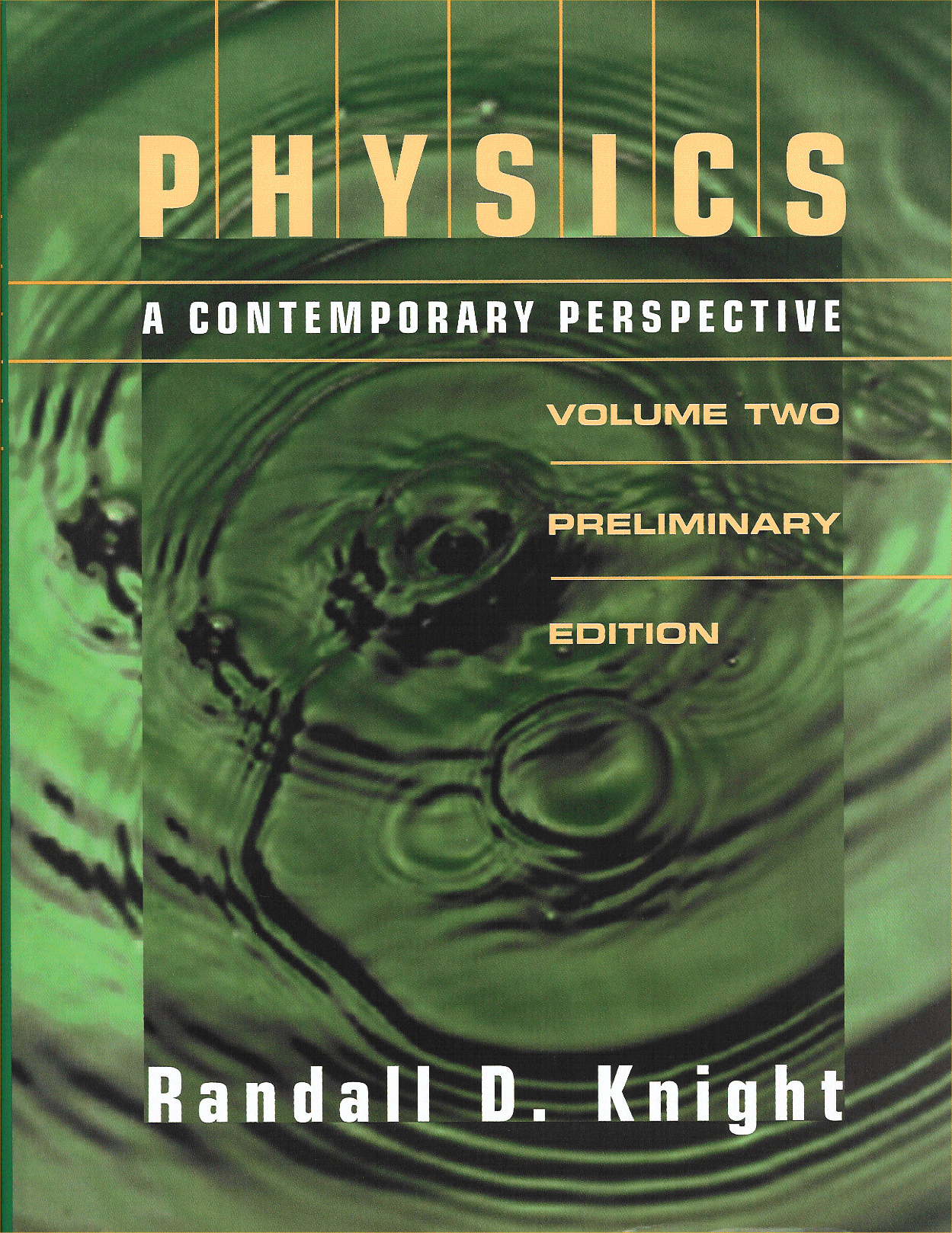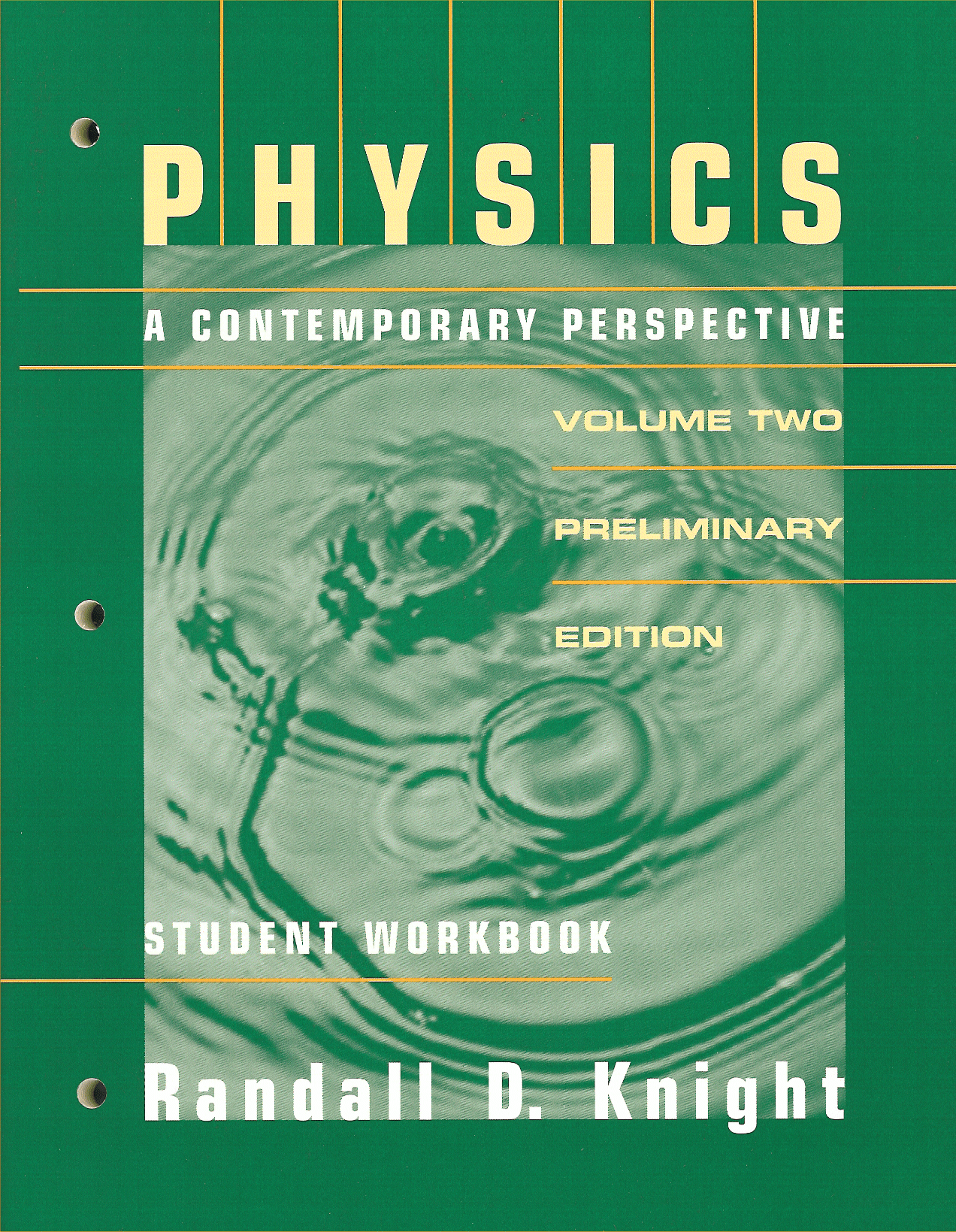Spring 2003 SCALE-UP Physics
2049C Syllabus
PHY 2049C-006/PHY 2049L-010
Prof. Jeff Saul/TAs: Cyndee Finkel & Guangyu Chai
Class schedule and location
MWF 10:00 => 11:50 AM in Trailer PC1/PL1 (TR 514), Room 101.
The tan trailer w/brown trim between the Commumications building
and Classroom Building 1 (Location
on campus map)
Course description
Content: This is a four credit-hour, calculus-based physics course that is 2nd part of a two-semester sequence required for all UCF students majoring in engineering, computer science, biological science, and the physical sciences. This course covers electricity and magnetism and possibly waves and optics (time permitting). The SCALE-UP (Student Centered Activities for Large Enrollment Undergraduate Physics) sections at UCF are experimental versions of the course that cover similar but not identical content as regular Physics 2049 sections.
Philosophy: This class will provide you with an enhanced opportunity to acquire a good physical understanding of the course material and to learn how to to apply that understanding of physics to use in the course and beyond. As stated in the general objectives for SCALE-UP physics, this course places significant emphasis on qualitative physical reasoning as a complement to the mathematical quantitative aspects. Research has shown that while traditional lecture does help many, if not most, students develop a good understanding of introductory physics in colleges and universities across the country, activity-based instruction like SCALE-UP can result in significantly improved understanding of concepts and ability to solve problems.
Approach: This is an integrated lecture/laboratory course with minimal lecture (no more than 1 hour out of 6 hours of classtime per week). Like a class in Shakespeare, you are expected to read and begin understanding the course material to prepare for each class. The majority of classtime is spent of class activities to help you learn to understand and apply the material from the readings. The course will emphasize rigorous problem-solving in physics using interactive instruction, educational software, computer applications important for science and engineering students, and cooperative learning. Classtime will require students to be responsive, to think, and to perform hands-on tasks. Lab time will be interspersed with classroom discussion.
If you devote a modest amount of time each day to studying physics, you will be in a position to attack class activities and physics problems efficiently, based on a clear understanding of the fundamental physical principles that underlie all successful analyses. Students from previous semesters have made suggestions to help you succeed. (You'll have an opportunity to add to the list of ideas for future students.)
Collaborative Work: Scientists and engineers work in groups as well as alone. Social interactions are critical to their success. Most good ideas grow out of discussions with colleagues. This course encourages collaborative teamwork, a skill that is valued by most employers of scientists, engineers, and technicians. As you work and study together, help your partners to get over confusions, ask each other questions, and critique your group homework and lab write-ups. Teach each other! You can learn a great deal by teaching your teammates.
While collaboration is the rule in technical work, evaluation of individual performance also plays an important role in science and engineering. Individual quizzes, practicums, and exams are to be done without help from others; group quizzes and test problems are to be done only with members of your group/team.
Textbooks:
All three books shown below are on 2 hour reserve in the campus library. |
Required:
|
 |
Required:
|
 |
Recommended:
|
You will also need to purchase WebAssign Access Code Card ($8.70 at the bookstore), but you do not need Physics 2049 Laboratory Manual or Course Paks in the bookstore.
Assignments
Assignments will be announced in class and posted on the class website. Changes and hints may be distributed by email, so you should plan on checking your email at least once per day. You are responsible for reading the textbook and working assigned problems. Keeping up with the homework and the reading is essential for getting the most out of this class. If you don't come to class prepared, we won't be able to as much in class to prepare you for the homework assignments. HW will take much longer if you don't keep up.
Remember that because this is a combined lecture/lab course, the workload is equivalent to two 3 credit lecture courses. Expect to spend 12-16 hours per week on readings and homework to do well in this course.
Readings: In SCALE-UP, the readings take the place of the lecture. It is your first introduction to course material and essential for understanding what we do in class. In class, we will do activities to help understand and learn to apply what you learn from the readings. While this is different than many other math and science courses, it is similar to how things are done in humanities classes. For example, if this was a class on Shakespeare, you would not expect us to read the book in class. You would expect to read the book at home and in class, discuss the themes, meaning, symbolism, etc. to help you develop a deeper understanding of the book. Without this understanding, homework assignments (see below) will take more time. From interviews with students, 1-2 hours per week spent going through the reading and outlining key points can save 4-8 hours per week on homework. Thus keeping up with the reading is essential to making sense of the course material and reducing the amount of time you spend on homework.
Homework: There are two types of homework in this class, textbook and workbook assignments. Textbook homework assignments are done through WebAssign while workbook assignments are from the student workbook described above and submitted on paper. Typically you will have 10 WebAssign and 10 workbook problems each week. All paper solutions should follow the guidelines listed below:
- Your name, PHY 2049C, and the date should appear in the upper left corner of the first page of every paper assignment.
- The title of the assignment should appear on the top of the first page.
- If the solution is more than one page, the assignment must be turned in stapled.
- Each problem solution should include a copy of the problem statement.
- For WebAssign Solutions:
- Each solution should be complete with the final answer boxed out.
- Each page should have no more than three problem solutions. One solution per page is recommended.
WebAssign: Assignments will usually consist of 3-5 exercises and are due at the start of the class period. You are allowed a limited number of submissions. After each submission, WebAssign will immediately tell you which problems are correct. The additional submissions are to allow you to find your mistakes and with some additional effort, still recieve full credit. Because WebAssign looks at answers and not solutions, you must keep a written solution showing good problem solving techniques to each WebAssign problem. Every day a WebAssign assignment is due, the written solutions will be collected and 1-3 problems will be selected for careful grading. Each assignment score will be made up of 5 points per graded solution and 10 points for good attempts on each problem. Guidelines for written solutions are available from the class website. If you do not submit the written solutions, you will receive a 0 both for the written solution and for the WebAssign assignment. Written solutions are graded on the quality of the solution, not the correctness of the final answer. The average grade of your written solutions will account for 25% of your WebAssign HW grade. Solutions to WebAssign assignments will be posted online of the day of the next class meeting after the assignment is due. WebAssign LATE POLICY: You have seven extensions during the semester for WebAssign HW assignment. These do not count toward RQ (reading quiz assignments). To receive an extension, you must email Dr. Saul on the day the assignment is due and request one. Make sure the words "WebAssign Extension Request" are in the subject line and that the email does not discuss anything else. If your extension is granted, the written solution may be turned in at the start of the next class. Written solutions may be handed in until the solution is posted at a penalty of 10% per day or 20% per class meeting, whichever is less.
Student Workbook: The workbook lets you practice basic skills and qualitative reasoning you need to do well in this course. You may tear out pages from the workbook or copy the problems onto another piece of paper. Workbook solutions will be graded according to correctness and the qualtity of the reasoning used to explain your answers. Workbook solutions are due at the beginning of class. No solutions to workbook problems will be posted; you are responsible for learning how to answer them correctly. Workbook LATE POLICY: Workbook solutions may be handed in up to 1 week late at a penaly of 10% per day or 20% per class meeting, whichever is less.
Group Work: On each formal group work assignment (these will be announced in class), your group must assign group roles. These group roles will help your group function better as a team. You may be asked to evaluate the teamsmanship of everyone in your group using a specially designed form. In addition, each time new groups are formed, your new group will need to make up a contract to spell out what you as a group expect from each of your group members. Your group is required to submit a signed copy of the group contract to Dr. Saul. Group members may be fired for not living up to the contract if the group can show that it has tried to resolve the problem in a group meeting and a mediation session with Dr. Saul. Sample contracts for group members are available.
Real-World Problems: To help make the connection between course concepts and the "real world," your group will work on complex problems that often involve making estimations and assumptions, researching on the web, and completing fairly complicated calculations. These will require the GOAL problem-solving approach we will be utilizing in class. You will have time to work on these problems in class and discuss the solutions.
Laboratory: You will be offered hands-on, inquiry-based activities during the class period that allow you to uncover various aspects of a physics concept. Lab activities will vary in length and complexity. Short labs activities that are written up in your notes and longer lab activities that may extend over more than one class period. Some labs will have associated group homework assignments that will be passed out in class or posted online on the class website.
Notes: You must keep concise notes for all in-class work. Examples of good class notes are available. Tips from previous students on how to take good notes are worth reviewing.
Missing class or homework due to excused absences:
In general, there are 4 acceptable excuses for missing class: illness or medical emergency, religious holiday, family emergency, and approved university activity (varsity sports, required club function, etc.). To receive an excused absence, you must bring me a signed paper note explaining why you were out, what work you missed, and what you will do to make it up. Documentation for your absence should be stapled to this note. You are not penalized for excused absences. Advance notice is required for religious holidays and approved university activities. Advance notice for family emergencies would be greatly appreciated. Remember that attendance counts towards your class participation part of your grade.
Tests
Quizzes: A quiz consists of a few short problem-solving and descriptive questions (plus an occasional real-world problem from the week before) designed to take you 20 minutes or less. Starting in week 2, there will be a test or a quiz every Friday.
Tests: Tests consist of questions pertaining to the previously assigned material. You will receive test notes including a list of objectives and a practice test (an old test) for each test. A comprehensive final exam will cover all of the course material.
Test Dates:
- Test 1 - Friday, February 7th
- Test 2 - Friday, March 7th
- Test 3 - Friday, April 11th
- Final Exam (TBA, but will be held during an open exam period on April 25th or 26th)
Grades: Grades will be assigned based on your overall, weighted class average using the weighting scheme presented below.
Grade Requirements
Grades will be assigned based on your overall, weighted class average using the weighting scheme presented below:
Weighting scheme for Lecture & Lab Grades
|
Task |
Code |
Weight |
|
Tests (3) |
T |
36% (12% each) |
|
Final Exam |
E |
18% |
|
Quizzes |
Q |
12% |
|
Homework |
HW |
25% |
| Attendance & Participation | AT | 6% |
|
Journals |
J |
3% |
Break-points
|
Grade |
Low |
High |
|
A |
85 |
100 |
|
B |
75 |
84 |
|
C |
60 |
74 |
|
D |
50 |
59 |
|
F |
0 |
49 |